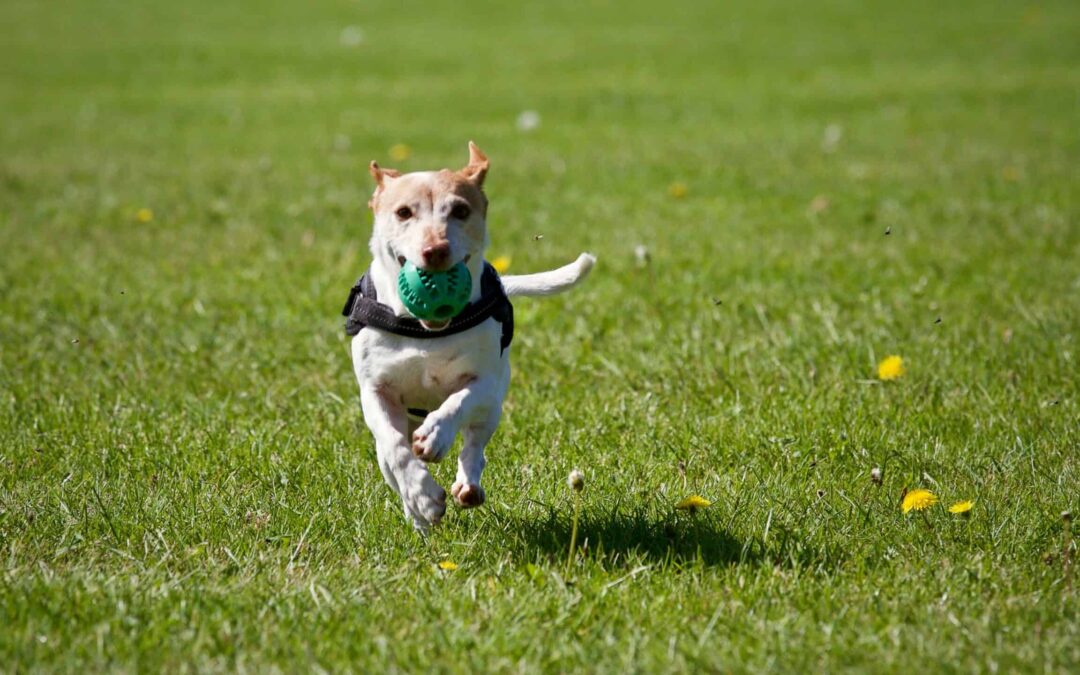There are all kinds of reasons that people foster dogs. Some dog lovers simply want to help in any way they can and they have the space and the time to put into fostering. Sometimes people lose a pet but aren’t ready to fully commit to a new full time, forever friend, and so fostering can fill a bit of the hole left by that loss. Whatever your reason, if you’re just starting out, we have tips for fostering dogs.
Keep in mind that fostering is not for everyone, and you might not learn that until you try. Don’t judge yourself if it doesn’t work out for you. There are plenty of other ways to help dogs in need. (You can check out volunteering opportunities here.)
First thing: find the right shelter or organization for you
Start by researching local shelters and organizations that need foster homes. Then start to talk to people. Visit the shelters and organizations. Get a feel for the personality of each of them before deciding. And each shelter and organization really does have a unique “personality.” Fit is important here.
Once you feel like you know who you want to work with, make sure they are very clear about what they need and expect from you. How much support do they offer? Is there any kid of “training” that you can go through to make sure you’re meeting their needs and expectations? And ask them what happens if the dog you take in turns out to be a bad fit for whatever reason. (It can happen.)
Consider what kind of fostering you want to do
If this is your first time, you might, for example, only want to take in short term fosters. You might also not want to dive right in with puppies, who can be much more demanding in terms of their needs. (And how much they pull on your heartstrings.)
Prepare your home and their spaces
Do you already have all the doggie things or do you need to start from scratch? You could check out this list to see. Most importantly, make a space that is just for the foster dog.
Very likely the dog is at least somewhat traumatized and will need a sense of safety and a lot of quiet to start to settle in. Make sure to get a history of the dog before taking them home. And though fostering can feel exciting, at first, try to create calm and focus on building routines.
Keep track of their records and write notes
Keeping their records organized is important for their eventual owner. Also keep notes… perhaps even a daily diary… of behaviors, things they are learning, things you are learning about them, basic observations of their personalities, and any issues that arise and how you deal with them.
Taking photos of the dog playing and just generally being cute will also be helpful in facilitating an adoption.
Focus on socializing
Socializing your foster is one of the most important jobs you’ll do while fostering. Getting them to the point where they feel safe around strangers and other dogs can take time depending on their background, and you should work slowly and in very controlled environments, until you’re confident that your foster has acclimated.
You can read more here about how to socialize your dog.
Above all, don’t hesitate to ask the shelter or organization you’re working with for help when you need it. It’s best for you and for your foster.

